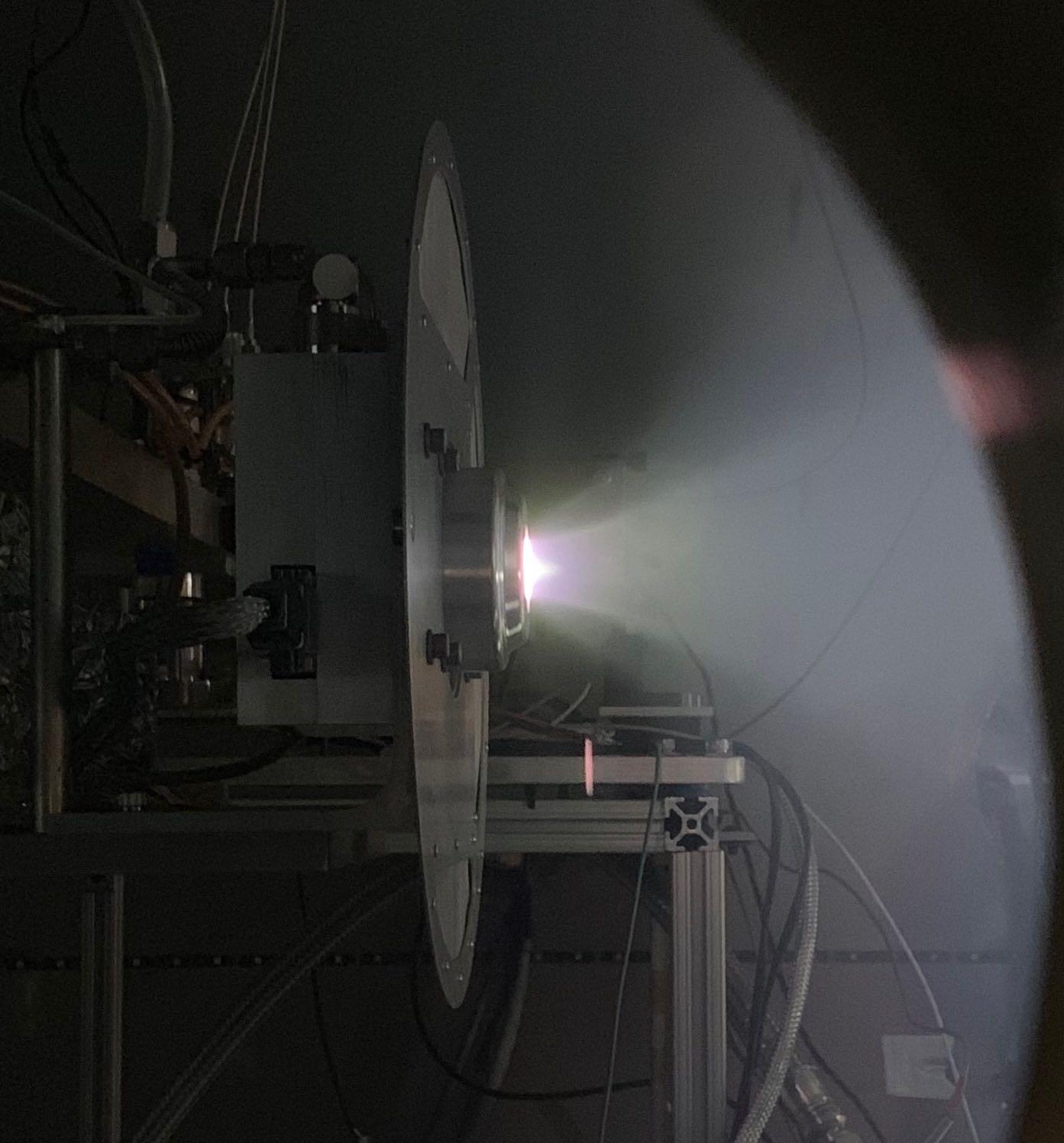Opinion: Make The U.S. Electric Propulsion Supply Chain More Secure

For most of the last decade, the U.S. relied almost entirely on Russia for rocket engines and crewed launches into space. Partly to force the development of domestic solutions, Congress passed the National Defense Authorization Act in 2015, which included a ban on additional purchases of Russian engines.
Today we are facing another problematic dependence: Legacy electric propulsion systems rely on propellants that are primarily manufactured in Russia, China and Ukraine. The Russian invasion of Ukraine has affected production capacity of these propellants, namely high-purity xenon and krypton. Six of the world’s 21 xenon-krypton production sites are based in western Russia and eastern Ukraine, directly in the path of the Russian military. Seven of the 21 sites are based in China, according to the German Mineral Resources Agency. Over the past six months, electric propulsion startup Phase Four has observed that the price of xenon has tripled, and the company’s primary supplier has no available stock remaining. Unfortunately, the U.S. has very little influence over the global production of these noble gases for electric propulsion systems.
Both the commercial and defense sectors are heavily dependent on the xenon supply chain to maintain communications and Earth-observation satellites. Restricting access to rare noble gases can hinder the U.S. from maintaining in-space superiority. This begs the question: Why is the U.S. dependent on a supply chain based in conflict regions and within the boundaries of near-peer adversaries?
The development of electric propulsion in the U.S. has occurred in three environments: university research labs, aerospace prime contractors and NASA research centers. NASA and the aerospace primes have focused their R&D on internal mandates and commercial needs, which do not necessarily engender the development of novel propulsion technologies and supply chain diversification. Academic research programs in electric propulsion have been largely stranded. Two university research labs act as de facto national test facilities and receive significant funding from private companies needing the labs’ test capabilities. Basic science and development of advanced electric propulsion systems have been left to the margins of funding, often coming from “extra-credit projects” researchers conduct out of curiosity.
The result of this is that U.S.-based companies and defense assets needing electric propulsion are effectively dependent on a single type of system, the Hall-effect thruster, which requires purified noble gases for propellants. Ironically, Hall-effect thrusters were developed through considerable research and development in the Soviet Union and came to the U.S. only after the dissolution of the Soviet Union.
With the entry of venture capital into aerospace, new technologies have received significant development support. Still, venture-backed activities in the U.S. developing plasma electric propulsion systems have been limited to only three companies. Of the three, two are seeking to manufacture more xenon/krypton Hall-effect thrusters. Meanwhile, in the European Union, both venture-backed companies and aerospace primes are developing next-generation propulsion technologies that will wean the EU off of legacy xenon- and krypton-reliant Hall thrusters.
Development of mass-manufactured plasma electric propulsion systems that do not require xenon or krypton is rare in the U.S. Phase Four is developing propulsion technologies implementing iodine—which is more readily available than xenon and has a significant domestic supply—and other propellants as widely available as air. Fortunately, the U.S. Defense Department has started supporting these activities through Air Force, Space Force and DARPA programs. Despite this progress, industry still needs to determine how not to pigeonhole itself into single-source supply chains, especially those reliant on adversaries and conflict areas.
Just as the use of Russian rocket engines negatively affected national security, reliance on legacy electric propulsion that requires rare propellants primarily produced in Russia and China is a risk to the U.S. defense apparatus. There is a new arms race to develop the next generation of in-space propulsion technologies, and the U.S. must succeed in developing the most capable and advanced propulsion technologies that are independent of risky supply chains.
Umair Siddiqui is the Chief Technology Officer of Phase Four.
The views expressed are not necessarily those of Aviation Week.




